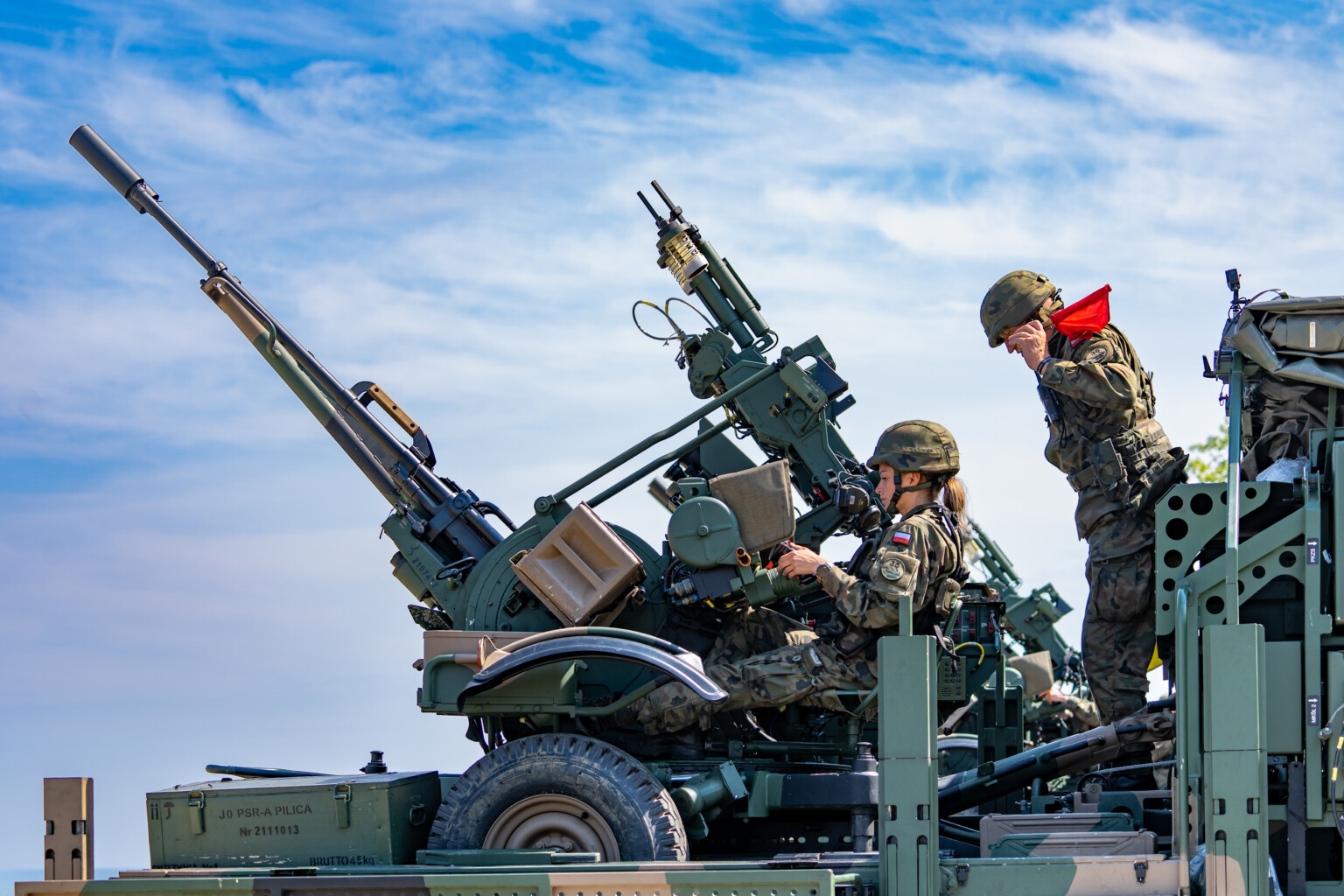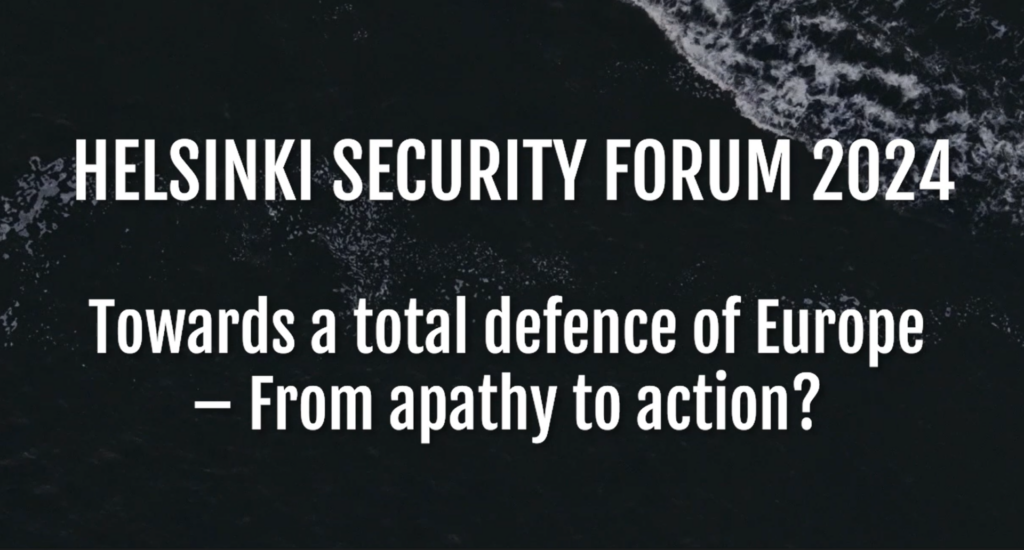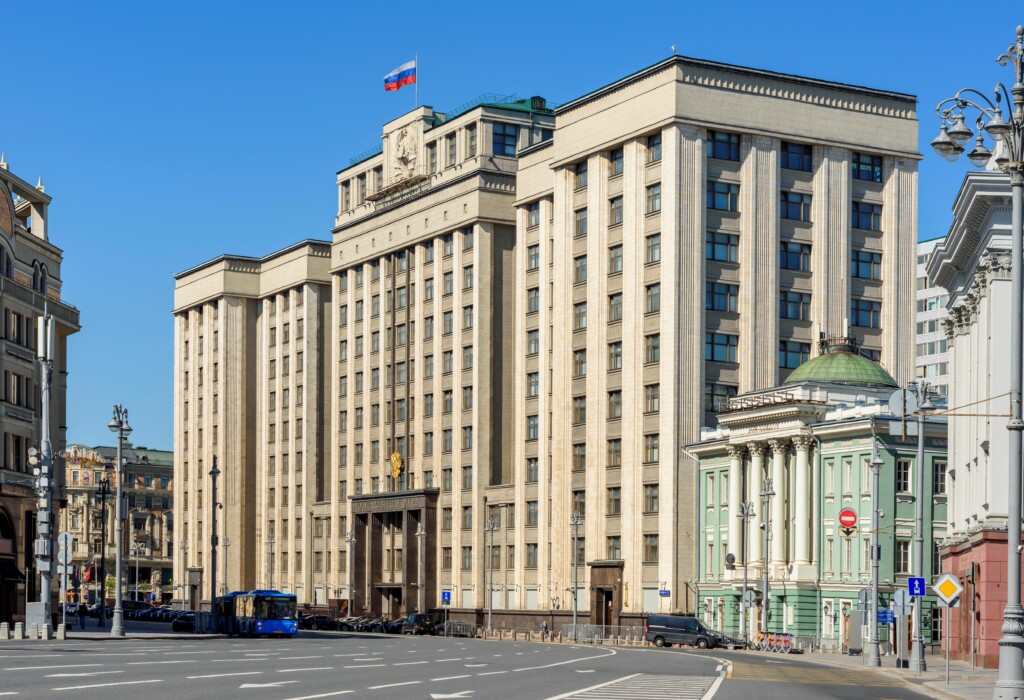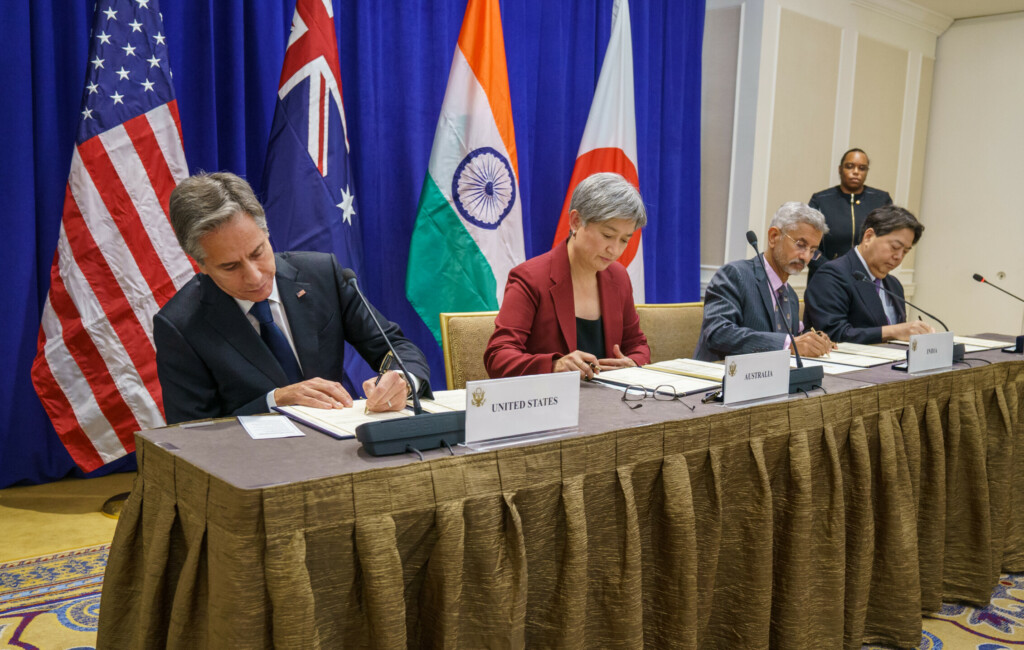Publications

When considering defence and deterrence, remember Poland
Poland is on track to be one of Europe’s most significant military powers, and Finland is paying attention.
Finnish President Sauli Niinistö made an official visit to Poland on one of his last State visits in November 2023. And in an October interview with the Helsingin Sanomat, Finnish Minister of Defence Antti Häkkänen stressed the importance of working more closely with Poland and the significance of Poland’s growing role. This has effects on European and NATO security and leverage.
Russia’s war of aggression in Ukraine has shaped Europe and NATO. It has forced European NATO allies to reconsider their defence and relationships. This is manifested in defence spending, military preparedness, dialogue and planning, and implementing those plans with other NATO members.
As a result of these developments, Poland has redoubled its efforts towards its military and defence modernisation projects, which has led to rumblings on whether the gravity of European power is shifting to the East. Finland’s NATO membership, in response to Russia’s aggression, further tilts the balance of military power.
Poland has just completed its parliamentary elections. With the possibility for a new opposition government on the way in the coming weeks, or a reorganisation of the old government, it is an opportune moment to take stock of the country’s defence and consider the role Warsaw has had and will have in meeting NATO’s deterrence needs. In Polish national defence, there has never been large divisions between the Civic Coalition, KO (formerly PO) and Law and Justice party, PiS. During its last rule, PiS spent significantly more on defence than PO/KO had before. This could be attributed to politics but also to the global changes that unfolded since 2015, while PiS was in power.
Since 2015, Poland’s military spending has increased annually. The preceding PO-led government had already earmarked €33.6 billion to its 10-year military modernisation plan. In 2022, President Andrzej Duda signed a statement aiming to increase Polish military spending to 3% of GDP by next year and double the number of troops in the Polish Armed Forces up to 300,000 soldiers. Poland managed to reach the 3% military spending in 2023 and decided to aim even higher. The percentage was already 3.9% during the 2023 NATO summit in July.
Poland’s military spending is notable in the Alliance: the country has treated military spending as a national priority to shore up its own defence, send a message to the allies, like the United States, and set the standard for neighbouring countries.
This military spending is notable in the Alliance: the country has treated military spending as a national priority to shore up its own defence, send a message to the allies, like the United States, and set the standard for neighbouring countries. To do this, Poland has at times turned to untraditional financing means, such as the Armed Forces Support Fund, which furnishes money through government-secured bonds. Post-election, the funding for Polish defence is in flux: The country has spent to support its defence. In November 2023, the potentially outgoing PiS government introduced a proposal to establish a fund for the national defence sector. The draft resolution by the Council of Ministers aims to create a National Defence Sector Support Fund for the years 2024-2027, with an allocated budget of at least €1.9 billion.
The new coalition and its potential defence minister, Tomasz Siemoniak (a familiar face: he was the previous minister of defence of Poland, from 2011 to 2015), have assured the new government will hold Poland’s military and financial commitment steady and maintain Poland’s reliability as an ally. The country’s military spending will continue to meet the 2% NATO threshold. It is expected that any KO-led coalition government will reject the antagonistic rhetoric against Ukraine, used by the PiS government over the last month. Aside from this, the transatlantic relationship has been strong during the last government and will continue as such.
Beyond the continued strength of the transatlantic relationship, a KO-led coalition is likely to make amends with regional partnerships, particularly the relationship between Poland and Germany.
It isn’t hard to improve the PiS government’s stance towards Germany over the past years. Their inflammatory rhetoric towards German leadership and the German state – including a request for World War II reparations – has challenged the countries’ cooperation on diplomatic and military measures over the years. Now there is a chance to change that trajectory. Both countries are working to reform and expand their armed forces, though as Minna Ålander notes, the feasibility and time frame for this is uncertain. Finland could be a part of these conversations, as Finland has maintained close ties with Germany and would be well-positioned to advise on improving and building up land forces. Importantly, Finland would now come to these conversations as both a regional partner and as a NATO ally.
Other important form of partnership for Poland has traditionally been the Visegrad Group with the Czech Republic, Hungary, and Slovakia. Yet, Poland’s role within this regional group is growing uncertain as it includes some prickly characters in the framework of NATO cooperation.
While Hungary ultimately approved Finland’s NATO membership, it only did so after significant delays, and the country’s parliament still has not approved Sweden’s membership. In mid-October, Hungary Prime Minister Viktor Orban met with Russian President Vladmir Putin. This made Orban the first Western leader to meet with Putin since Russia invaded Ukraine in 2022. The meeting prompted an emergency meeting of NATO ambassadors in Budapest to discuss growing concern over Orban’s stance.
In Slovakia, the left-wing, pro-Putin party, Smer, won the parliamentary elections in September 2023, and former Prime Minister Robert Fico returned to power. The Czech Republic, in turn, narrowly voted for pro-Western, retired general Petre Pavel as president in January 2023. The developments in the Visegrad Group have crucial effects on the security of NATO’s Eastern flank. Poland can and should be prepared to set the standard for NATO cooperation and dialogue with allies to ensure regional security is cohesive.
It might be time for Poland to look beyond the Visegrad neighbourhood for strategic allies. Now that Finland is alongside Poland as a fellow NATO member, the two countries have an unprecedented opportunity to cooperate.
It might be time for Poland to look beyond the Visegrad neighbourhood for strategic allies. Now that Finland is alongside Poland as a fellow NATO member, the two countries have an unprecedented opportunity to cooperate. Indeed, their risk profiles look quite similar – both share borders with Russia and, in Poland’s case, with Russia’s vassal state, Belarus. Both countries also border the Baltic Sea, a critical are for NATO security.
Increasing their defence capabilities is a main target for Poland and Finland. In addition, the countries share strategic similarities. As a practical training matter, both Finland and Poland have bought F-35s. We can expect to see more cooperation between Poland, Finland, Germany, Lithuania, Latvia, Estonia – and, once its NATO membership is official, Sweden.
A goal in NATO, especially when integrating troops from multiple countries, is interoperability. Poland has focused on achieving this with the US military. The US has around 10,000 troops in Poland and has deployed military equipment, such as Patriot missile batteries and F-16s, in the country. Last summer, President Joe Biden announced that the United States will create a new permanent US Army headquarters in Poland and use the position to deploy additional land, air, and sea forces across Europe.
For its part, Poland can certainly learn a thing or two from Finland on conscription, training, and management of reservists. Poland had mandatory conscription until the late 2000s, and now it is growing in popularity again: A poll from 2022 shows that 54% of Poles would be in favour of re-introducing conscription. In 2022, Poland’s Homeland Defence Act improved the military structure by establishing a simplified recruitment process, more flexible promotion rules, modernised equipment, and a system of incentives to encourage citizens to join military service as well as to restore the military reserve system. There are also plans to introduce voluntary basic military service, which would include training for one year.
Finland, in turn, has a lot to learn from Poland in hybrid warfare. The rapid increase of migrants on the Finnish border and its forced closure in November is something that Poland experienced two years ago, on its border with Belarus. Finland has made large advances in establishing a holistic approach to security, as has Poland, and as the two countries face similar situations, there is plenty for each to learn from the others’ planning and experiences.
NATO member states, especially new ones like Finland, can learn from Poland, a long-time member that is ready to defend the Alliance’s Eastern flank against Russia with the US and other allies in the Baltics, and Central and Eastern Europe.
Cordelia Buchanan Ponczek is a Visiting Research Fellow at the Finnish Institute of International Affairs.

Helsinki Security Forum 2024 addresses the need for European total defence
The third annual Helsinki Security Forum (HSF) will be held on 27–29 September 2024. This year’s conference is titled Towards...

for HSF Blog
Rejecting Russian Spheres of Influence
The EU has rejected the language of spheres of influence in favour of an international order based on common rules...

for HSF Blog
Reverberations in the Indo-Pacific of the War in Ukraine
Russia’s war of aggression against Ukraine has had significant ripple effects in Indo-Pacific security dynamics and ongoing great-power competition.

About the author
Cordelia Buchanan Ponczek
Visiting Research Fellow, FIIA
Cordelia Buchanan Ponczek is a Visiting Research Fellow at the Finnish Institute of International Affairs. Ponczek is a Clarendon Scholar and doctoral candidate at the University of Oxford, where she is researching the political economy of multi-stakeholder extraction projects. She previously earned an MPhil, with distinction, in Russian and East European Studies at Oxford. Cordelia has held researcher positions with the US Institute of Peace, the Center for European Policy Analysis, and the Polish Institute of International Affairs. Her areas of expertise include the political economy of climate policy, energy resource projects, including low-carbon and rare earth element extraction, and geoeconomics, specifically trade, regulation, and supply chain dependencies.